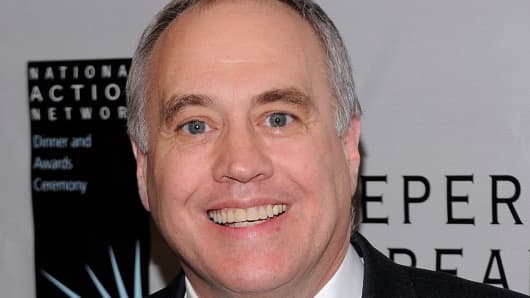It paid to get paid in 2012 – especially in New York.
A new report from the office of New York State Comptroller Tom DiNapoli says the state's tax coffers are brimming with $35.3 billion in tax collections for the past 10 months. That's up $1.6 billion more than last year and much better than projections.
Good news right? Not really. Almost all of that increase was owed to the wealthy shifting their income into 2012 to avoid higher taxes in 2013. Witholding collections – taxes taken directly from paychecks or bonuses – increased more than $810 million in December and January. Those two months accounted for nearly all the growth in tax revenue collections, DiNapoli said.
(Read more: The Five Highest Tax States for High Earners)
DiNapoli said the two-month bonanza was owed to "high income taxpayers shifting income into 2012 in response to changes in federal tax law occurring in 2012." In other words, the wealthy raced to take some of their 2013 income before Jan. 1 to avoid the federal tax hike.
The federal tax rate for couples making $450,000 or more went to 39.6 percent from 35 percent at the first of the year, and New York's top tax rate is 8.97 percent. (Some of the income booked in early January is still taxed under 2012 rules, since taxpayers had a three-day grace period).
Wealthy taxpayers also sold homes and businesses to avoid higher capital gains rates. DiNapoli said "many high income taxpayers sold assets in December to avoid federal tax increases."
(Read more: Millionaires Say They Are Better Off Than in 2007)
The revenue feast now, however, portends a collections famine this year. DiNapoli said we should use caution in forecasting revenue for next year's budget." With billions of dollars of income – perhaps in large part from Wall Street – backed into 2012, 2013 will no doubt fall below the current revenue rate.
We've seen a similar shift in California, where they're treating a one-time burst of revenues as a sign the state's budget problems are solved. Since New York and California have the highest concentration of high-income taxpayers, and since the top 1 percent pay more than a 20 percent of the federal income taxes, Uncle Sam is likely to see the same effect.
The risk is the politicians see this mirage of revenue as real – and start spending it.



